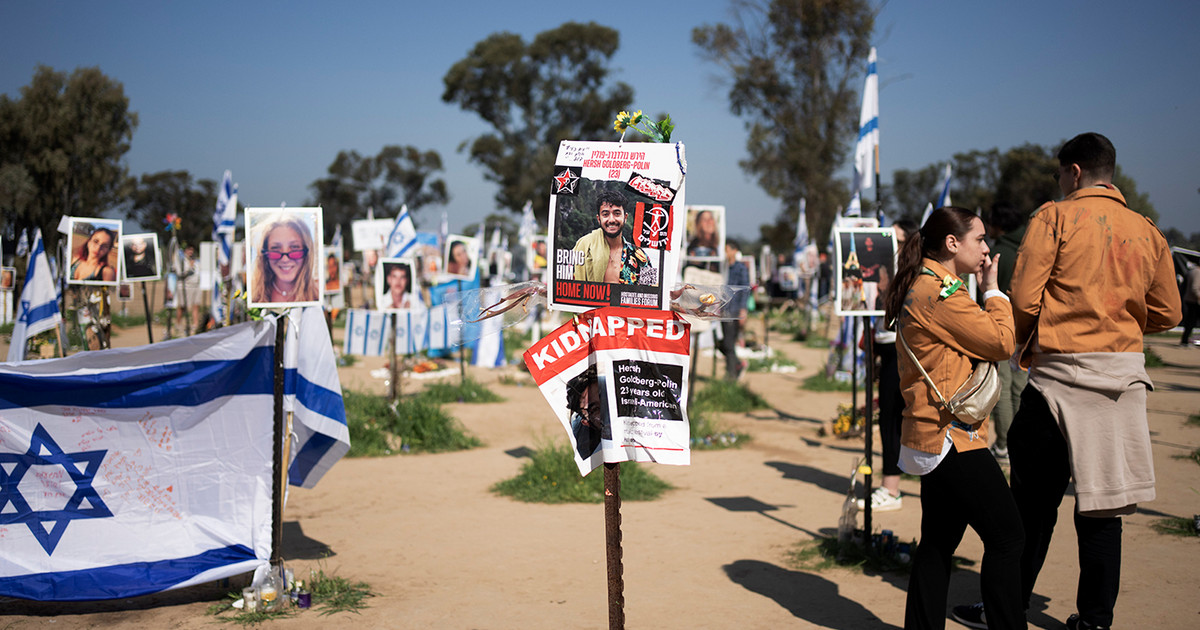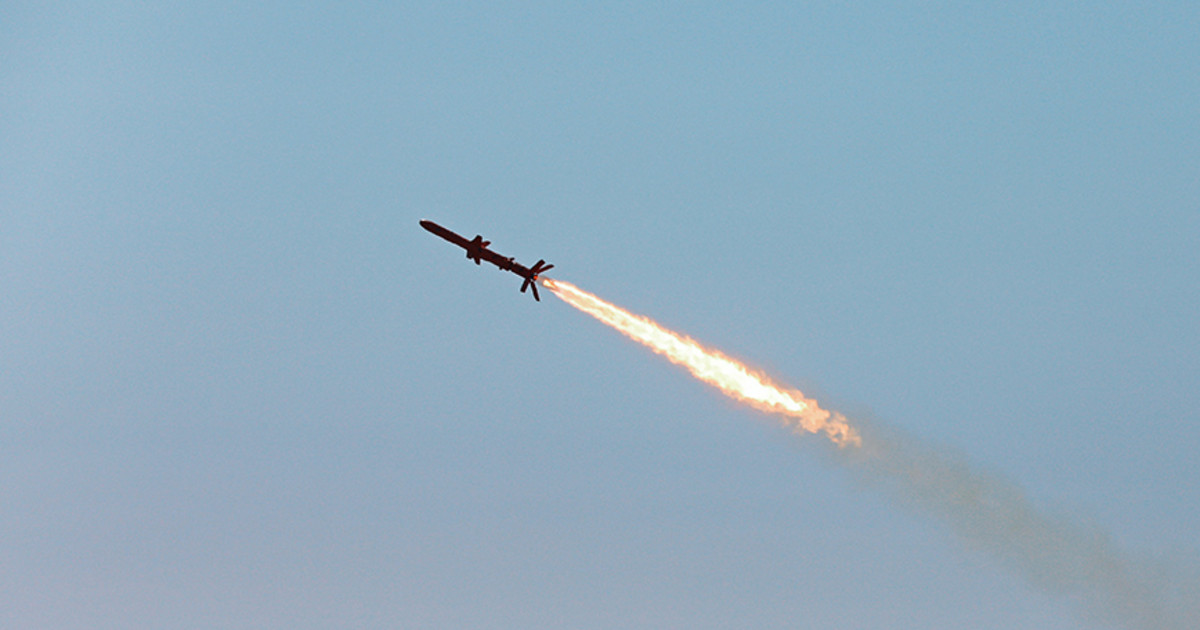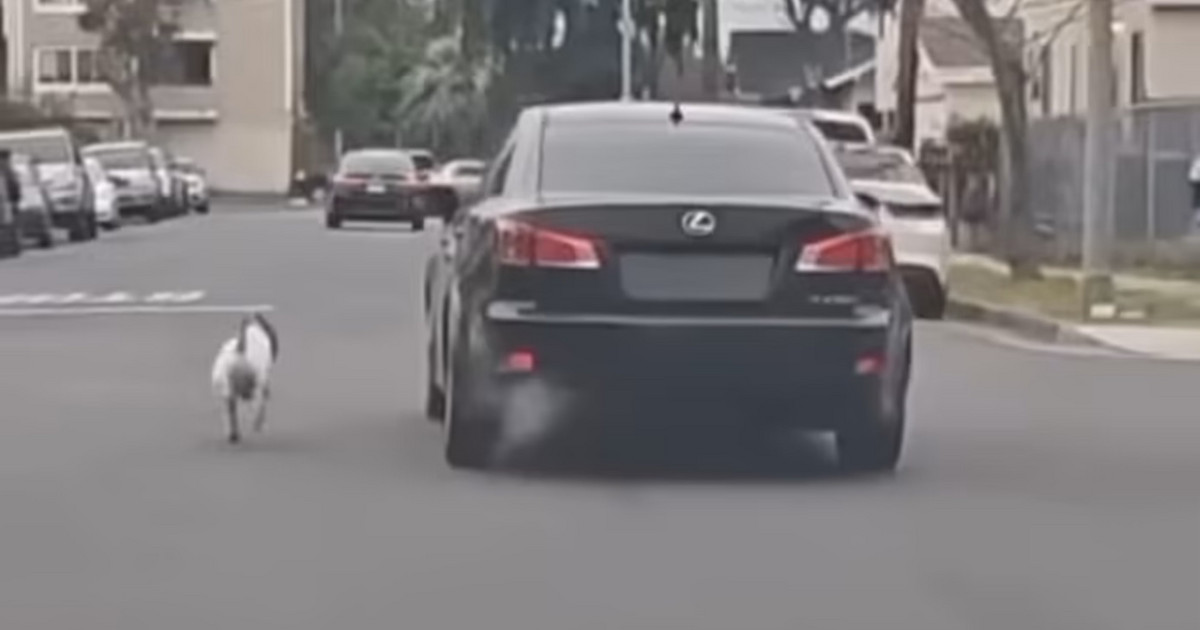There is much discussion about it, but with little clarity. To make her jump to the headlines was the Olympic ski medalist Sofia Goggiawho said he recovered quickly from injury thanks to infiltrations of PRP. To understand what it is and in which cases it can be a decisive therapy, we consulted the orthopedist Vittorio Di GiacomoHead of Sports Traumatology of Humanitas San Pio X.
What is meant by PRP?
«Let’s clear the field of doubts immediately: it’s not about stem cells! In fact, this confusion has arisen over the years, while the PRP stands for Platelet Rich Plasma. Its composition is made up of several substances: plasma, platelets and growth factors, ie chemicals that stimulate cell growth, development, repair and proliferation and have an anti-inflammatory action. Depending on the amount of platelet concentration I will obtain different products with different costs ».
Where does the plasma come from?
“The plasma it comes from the patient himself making a blood sample. The sample obtained is treated and centrifuged in a sterile manner and the useful components such as plasma and platelets are separated from the useless ones such as white and red blood cells. At this point the affected portion is taken and injected into the part of the body to be treated. The whole operation, between blood sampling, blood centrifugation and infiltration, takes approx 15-20 minutes. After the injection, the patient is free to walk, drive and do everyday activities. I simply recommend that you refrain from physical activity the same day. “
What are its applications?
«The PRP is injected into the partially damaged tendons or in the joint affected by a major inflammatory state, or in a damage to the cartilage. However, it is necessary to underline that the efficacy of the treatment on the repair of cartilage lesions is currently much debated in the scientific community “.
What effect does it have?
«It has a double significance. On the one hand it has a anti-inflammatory power very high, comparable (if not even higher) to cortisone, but without the side effects of the latter. On the other hand, thanks to platelets and growth factors, the PRP also goes to stimulate tissue repair that starts from our body. In practice, new cells are not inserted into a lesion, but the cells already present are stimulated, capable of repairing the lesion “.
When is it recommended?
«When we are in the presence of one partial injury of the tendons, tendon degeneration of the Achilles tendon, patellar tendon, rotator cuff tendons of the shoulder and epicondylar tendons, the injection of PRP can give excellent results. In fact, when platelets are activated they release anti-inflammatory factors and also act on pain. In addition, the growth factors stimulate the local cells of the microblasts within the tendons to repair the tissue. If the lesion is complete and there is a complete detachment of the tendon, however, it is not possible to repair it “.
Where is it carried out?
“From a regulatory point of view it changes from region to region: in some cases, such as in Lombardy, treatment can also be done at outpatient, subject to the authorization of the transfusion center of reference. In other regions, the application in operating site, consequently lengthening the timing “.
How long does the benefit last?
«It does not last because it is an organic product that stimulates my body. Therefore, there is no need to repeat the treatment, unless there is new damage and trauma ».
Are there any risks or contraindications?
“In addition to some pain in some areas (intratendinous in the elbow or in the Achilles tendon) where it is injected, there is no risk. The needle is very thin and does not leave any consequences when injecting. Local anesthesia cannot be performed because it would make the injected platelets inactive, thus nullifying the intervention. However, there are products that protect platelets from the anesthetic. On the other hand, PRP cannot be done if the patient’s blood count has very low platelets. This is determined by the blood transfusion center, which assesses when it is below a certain threshold. Even in the presence of tumors under treatment, it is advisable to wait for the resolution of the neoplastic picture ».
What are the alternatives to PRP?
«Research is progressing rapidly in the direction of ortho-biology, the new challenge of orthopedics that could, in the future, reduce prosthetic interventions and improve the patient’s quality of life. Today we talk about biological regenerative therapies such as the removal of subcutaneous fat, separating the oily (inflammatory) component from the rest, and selecting the adipocyte cells. Or again we resort to monocytes, cells of the white blood cell system obtained from a blood sample, separated from the rest and injected into the affected areas. The orthopedic visit, in any case, allows you to establish the best therapy for your clinical picture “.
What are the costs?
«They are very variable and depend on various factors (only in some regions there is an agreement with the NHS). Indicatively, it ranges from 300 to 1500/2000 euros depending on the type of system used for the separation of the components, and the concentration of platelets to be obtained in the product to be injected. The eventual need for an ultrasound guide to intervene in a specific point also affects. Without forgetting the management costs of the structure “.
Medicines and side effects: Risks are more often seen in women
The best rapid anti-Covid tests to do at home
The best running shoes for those who love to run
Source: Vanity Fair






